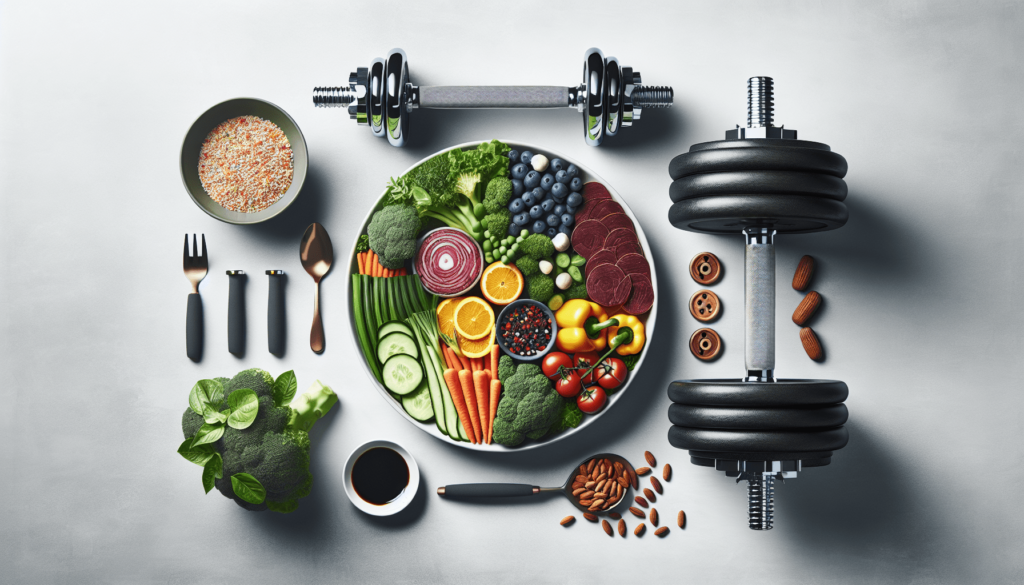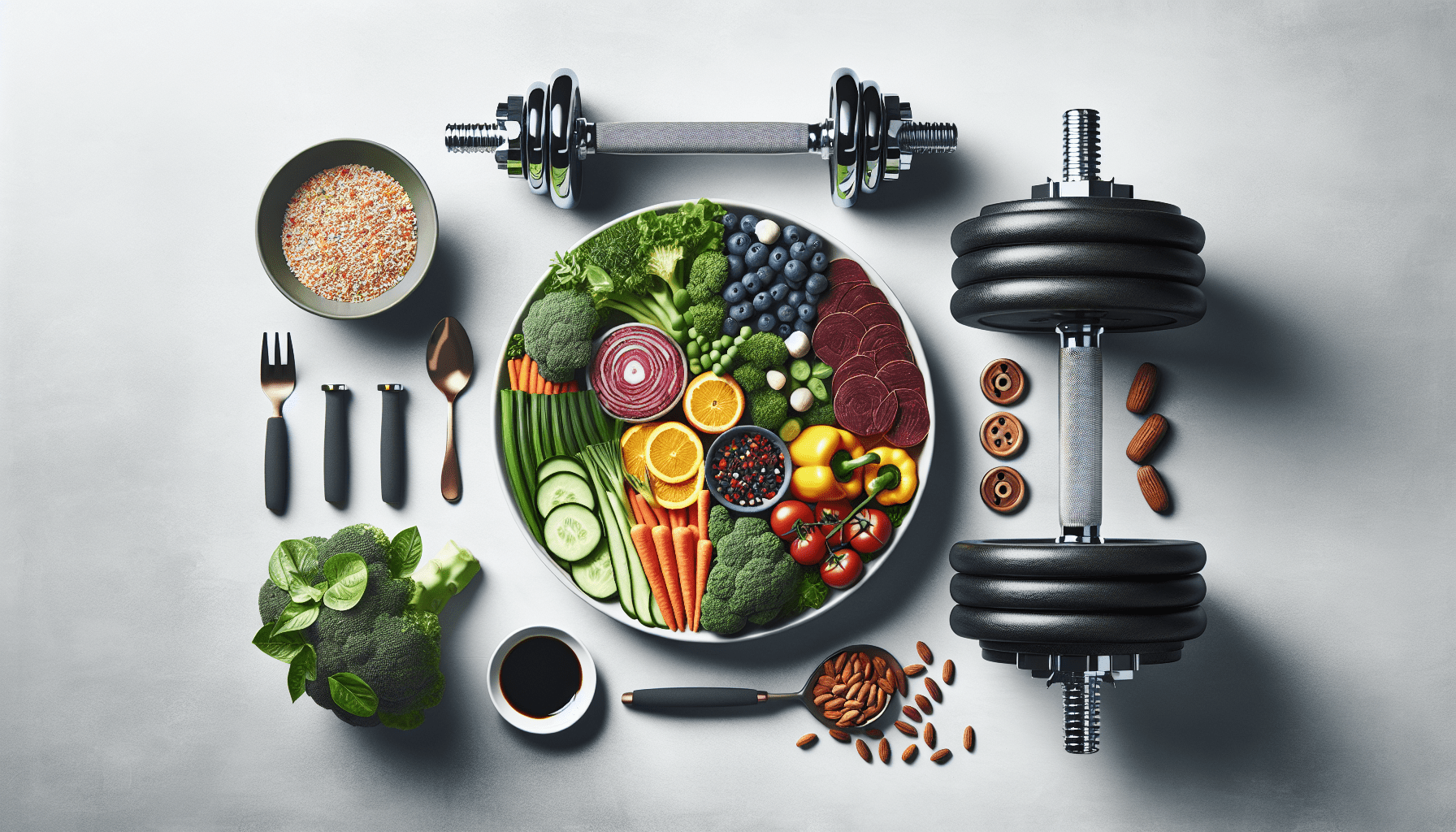Have you ever wondered if it’s possible to get stronger and leaner at the same time? Today, we’re diving deep into a topic that’s sparked endless debates in the fitness world: How to build muscle and lose fat at the same time. Many believe that to pack on muscle, you need to bulk up, and to shed fat, you need to slim down. Recent science is challenging this notion, suggesting that building muscle and losing fat simultaneously is not only possible but also more effective for many individuals. By optimizing your training and nutrition, you can achieve body recomposition, leading to significant changes in muscle mass and fat loss within the same period.
Diving deeper into the myth of bulking and cutting, it’s crucial to understand why this approach has been so popular in traditional bodybuilding. However, recent studies indicate that focusing on muscle growth and fat loss simultaneously can lead to more sustainable and balanced results. By implementing key steps such as structured training, setting clear goals, adjusting caloric intake, consuming adequate protein, and paying attention to details like sleep and nutrient timing, anyone can work towards achieving body recomposition. Instead of following the conventional bulking and cutting cycles, optimizing your training and nutrition can make building muscle and losing fat at the same time a realistic goal for those looking to improve their physical health and appearance.
Traditional beliefs about body recomposition
When it comes to body recomposition, there have been traditional beliefs about the necessity of bulking up to build muscle and slimming down to lose fat. This belief has been deeply ingrained in the fitness community and has its roots in old-school bodybuilding practices where massive calorie surpluses were deemed essential for muscle growth. However, a study conducted by Garthe and colleagues in 2013 shed light on the inefficiency of overfeeding in muscle gain. The study suggested that simply increasing calorie intake does not guarantee an increase in muscle mass but often results in more fat accumulation instead. This finding challenges the conventional idea of bulking and cutting cycles and questions the relationship between calorie surplus and muscle gain. It highlights that the process may not be as straightforward as previously believed, indicating a need for reevaluation and potential changes in approach.
Changing paradigms in fitness
With the emergence of new research and evolving perspectives in fitness, the relationship between calorie surplus and muscle gain is not as clear-cut as it once seemed. The possibility of building muscle and losing fat simultaneously is gaining traction as a new approach in the realm of fitness. This paradigm shift challenges the traditional belief that bulking up and slimming down are mutually exclusive processes. Instead, it presents an opportunity for individuals to focus on achieving both goals concurrently, opening up new possibilities for body recomposition strategies that prioritize overall health and fitness outcomes.

Principles of muscle building and fat loss
Muscle building and fat loss are at the core of body recomposition, and understanding the principles behind each process is essential for achieving optimal results. Muscle growth, or hypertrophy, primarily relies on two key factors: resistance training and adequate protein intake. Resistance training provides the necessary stimulus for muscle development, while protein serves as the building blocks for repair and growth. On the other hand, fat loss involves creating a caloric deficit, where the energy expended exceeds the energy consumed, leading to the utilization of stored fat for fuel. By balancing these two processes effectively, individuals can work towards achieving their body recomposition goals.
Recent research on body recomposition
Recent studies have shed light on the potential for muscle hypertrophy to occur even in a caloric deficit under proper nutritional and training conditions. This revelation challenges the traditional notion that muscle growth requires a caloric surplus and suggests that body recomposition is achievable through strategic planning and adherence to specific protocols. The findings indicate that with the right combination of nutrition, training, and mindset, individuals can embark on a journey towards transforming their body composition and achieving the desired balance between muscle growth and fat loss.

Target audience for body recomposition
The target audience for body recomposition includes beginners and individuals with higher body fat percentages, as well as those returning to fitness after a hiatus. Beginners often experience rapid gains in muscle mass due to their heightened responsiveness to training stimuli, making them prime candidates for body recomposition strategies. Individuals with higher body fat percentages have a unique advantage in utilizing stored fat reserves to support muscle synthesis while creating a caloric deficit. For those re-entering the fitness scene, muscle memory plays a significant role in facilitating rapid muscle regain and potential fat loss, making body recomposition an attractive option for achieving transformative results.
Considerations for optimizing results
Optimizing results in body recomposition requires careful consideration of various factors, including the effects of anabolic steroid use on muscle growth and fat metabolism. While anabolic steroids can enhance muscle-building capacity and fat-burning efficiency, they come with significant health risks that must be taken into account. Key steps for successful body recomposition involve structured training, goal setting, adjustments in caloric intake, high protein consumption, and attention to details such as sleep and nutrient timing. By focusing on these critical elements, individuals can maximize their efforts and progress towards their body recomposition goals effectively.

Optimization strategies for body recomposition
In addition to key considerations, optimization strategies play a pivotal role in ensuring successful body recomposition outcomes. Paying attention to factors such as sleep quality and post-workout nutrition can enhance results and support overall progress towards achieving a balanced body composition. By emphasizing the importance of restorative sleep and strategic nutrient intake following exercise, individuals can create an environment conducive to muscle growth and fat loss. Enhancing results through meticulous attention to detail and consistent application of optimization strategies can further boost the effectiveness of body recomposition efforts.
Conclusion
In conclusion, body recomposition is a realistic goal for individuals who prioritize training and nutrition in their fitness journey. By challenging traditional beliefs, understanding evolving paradigms, and implementing principles of muscle building and fat loss, anyone can embark on a transformative path towards achieving a balanced body composition. With recent research supporting the achievability of body recomposition and key strategies for optimization, individuals can unlock their potential for simultaneous muscle gain and fat loss. By targeting specific audiences, considering optimization factors, and implementing tailored strategies, body recomposition becomes an attainable and sustainable goal for those striving for improved physical health and fitness outcomes. Embracing the concept of body recomposition opens up a world of possibilities for individuals seeking lasting changes in their bodies and overall well-being.
